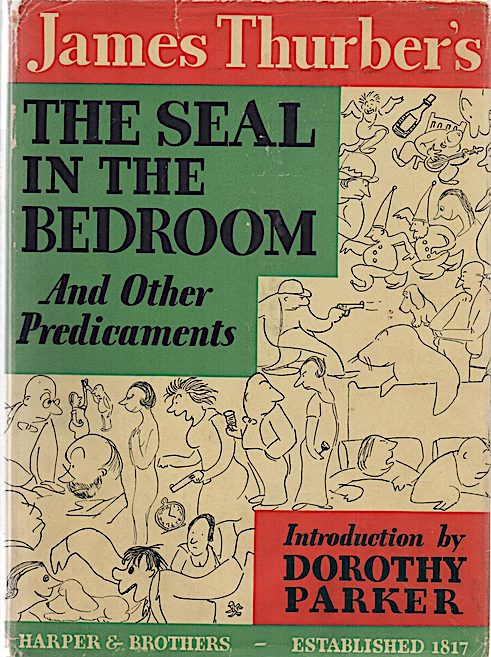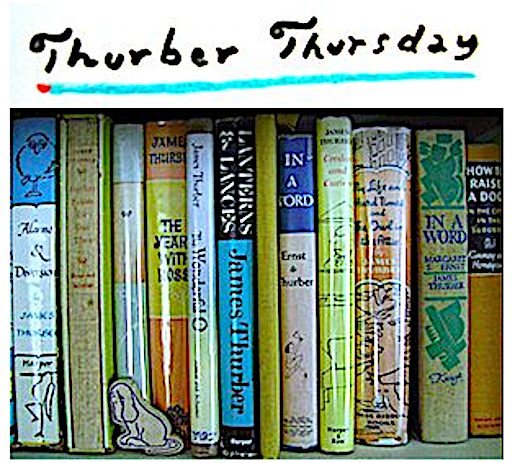One of the most persistent myths in The New Yorker cartooniverse is that most New Yorker cartoonists in the early days (whatever that means) did not write their own ideas, that they depended on writers for their supply. The truth is (and I have a feeling this will not be the last time I say this on this site) that some cartoonists worked with writers, either occasionally, or exclusively. Some were open about it, some were not (some are open about it now, some are not). The most famous examples of cartoonists totally relying on writers are Helen Hokinson (Hokinson worked with a New Yorker writer, James Reid Parker, for most of her career), and George Price (Mr. Price worked with a variety of writers). There is no evidence, that I know of, of any other New Yorker cartoonist totally reliant on a writer.
Two other cartoonists are often mentioned as not writing their own ideas: Peter Arno and Charles Addams. Both of them wrote many of their own ideas. Both also used some outside help as their careers went along. In Arno’s case, he wrote about his use of outside help (you can find it in the Foreword to his collection, Ladies and Gentleman).
Some cartoonists throughout their careers, never used outside ideas. Or, if they did, it was a one-off, or two-off, etc., etc.. Perhaps they used an idea passed on by a friend, or The New Yorker‘s editors asked them to give an idea a try that another cartoonist had submitted.
 The most famous of that last situation was James Thurber’s drawing, “Touche!” of two men fencing. One man has swiped off the other’s head with his sword. We know that Carl Rose did the original drawing but that the editors decided Thurber should give it a go because, as Harold Ross said, “Thurber’s people are bloodless.”
The most famous of that last situation was James Thurber’s drawing, “Touche!” of two men fencing. One man has swiped off the other’s head with his sword. We know that Carl Rose did the original drawing but that the editors decided Thurber should give it a go because, as Harold Ross said, “Thurber’s people are bloodless.”
Left: the first Thurber collection of his drawings.
My great love of Thurber’s art has caused me want to hit a big red alarm button whenever I’ve read, or heard someone say, that Thurber did not write his own ideas, or that he did not write most of them. Both of those assertions are incorrect. According to Harrison Kinney, the Thurber biographer who wrote the most extensive account of Thurber’s life and work, of Thurber’s 449 New Yorker drawings, 20 something were not his own ideas (that’s about about 5%).
Thus, approximately 95% of Thurber’s ideas were his own. That should put the kibosh on the Thurber-didn’t-do-his-own-ideas myth.
______________________________________________________________________
More on the topic of idea writers here.
Thurber’s A-Z entry:

James Thurber Born, Columbus, Ohio, December 8, 1894. Died 1961, New York City. New Yorker work: 1927 -1961, with several pieces run posthumously. According to the New Yorker’s legendary editor, William Shawn, “In the early days, a small company of writers, artists, and editors — E.B. White, James Thurber, Peter Arno, and Katharine White among them — did more to make the magazine what it is than can be measured.”
Key cartoon collection: The Seal in the Bedroom and Other Predicaments (Harper & Bros., 1932). Key anthology (writings & drawings): The Thurber Carnival (Harper & Row, 1945). There have been a number of Thurber biographies. Burton Bernstein’s Thurber (Dodd, Mead, 1975) and Harrison Kinney’s James Thurber: His Life and Times (Henry Holt & Co., 1995) are essential. Website

